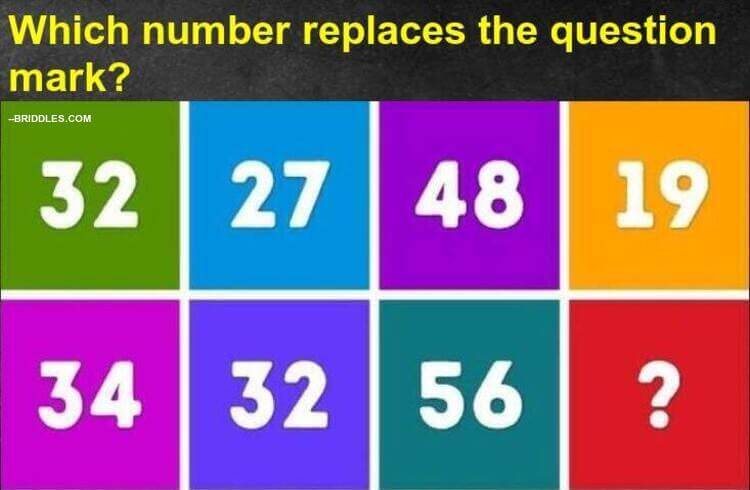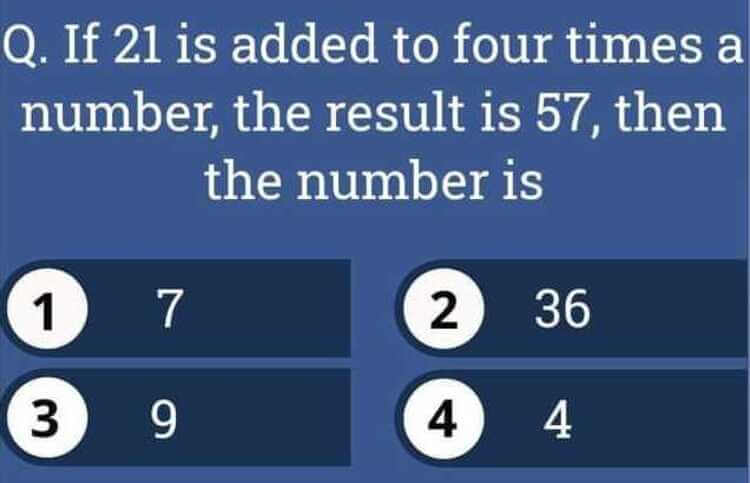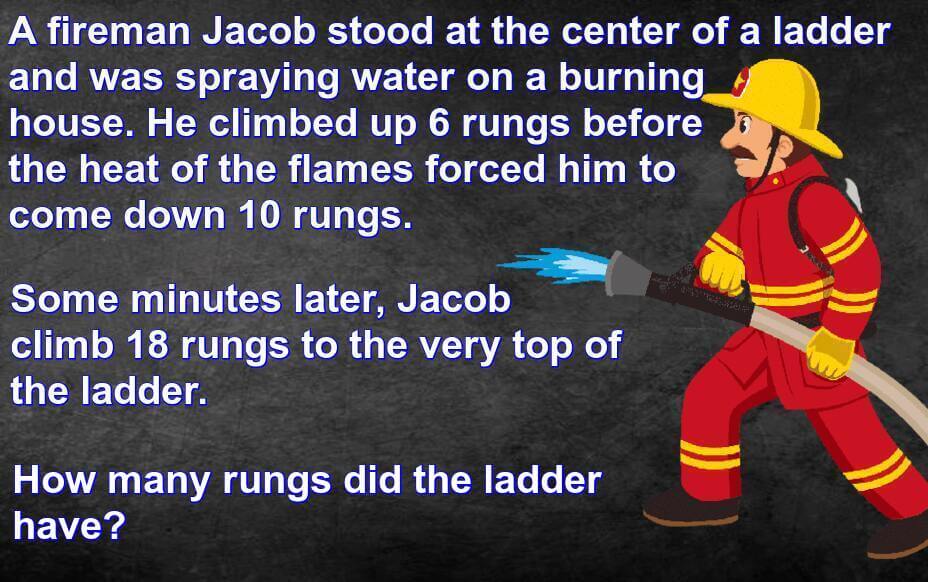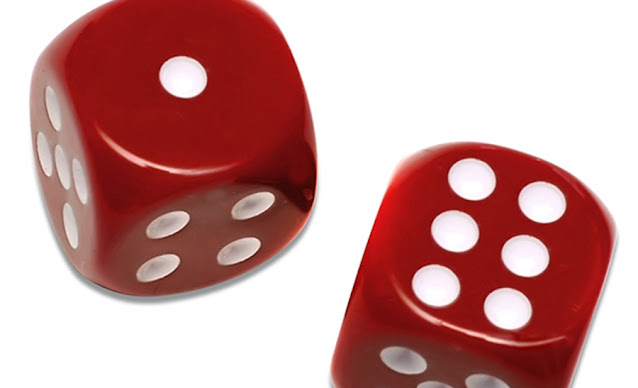Charles walks over a railway-bridge. At the moment that he is just ten meters away from the middle of the bridge, he hears a train coming from behind. At that moment, the train, which travels at a speed of 90 km/h, is exactly as far away from the bridge as the bridge measures in length. Without hesitation, Charles rushes straight towards the train to get off the bridge. In this way, he misses the train by just four meters! If Charles would, however, have rushed exactly as fast in the other direction, the train would have hit him eight meters before the end of the bridge.
What is the length of the railway-bridge?
Let the length of the bridge be x meters.
Running towards the train, Charles covers 0.5x-10 meters in the time that the train travels x-4 meters. Running away from the train, Charles covers 0.5x+2 meters in the time that the train travels 2x-8 meters.
Because their speeds are constant, the following holds:
(0.5x-10) / (x-4) = (0.5x+2) / (2x-8)
which can be rewritten to
0.5x2 - 24x + 88 = 0
Using the abc formula we find that x=44, so the railway-bridge has a length of 44 meters.




